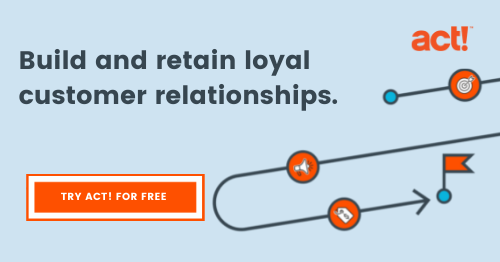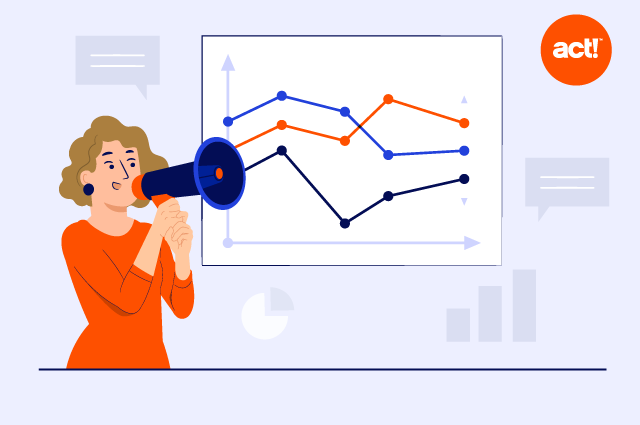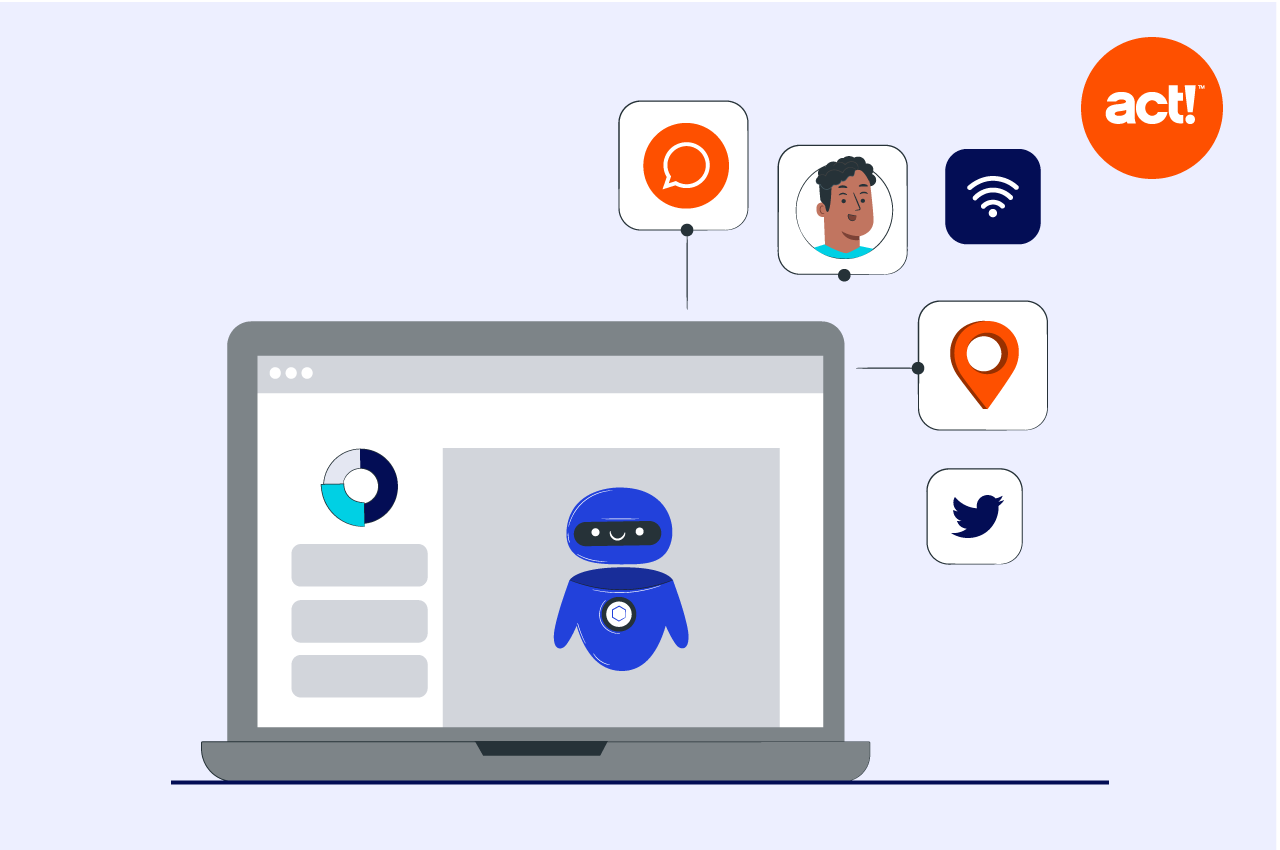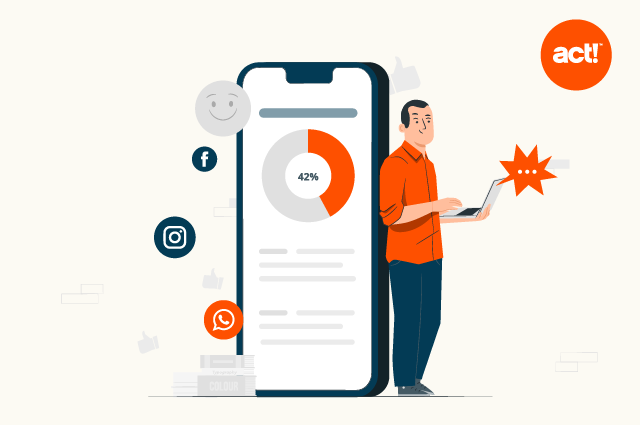
Marketers talk a lot about “making connections” with customers, but what does that really look like in practice? It usually starts with understanding your target market or audience — their demographics, pain points, and needs. You might then create buyer personas as a way to understand a typical buyer as a real person. While these are all important aspects of a marketing strategy, building loyal customer relationships is about more than selling the right products and services. It requires a deeper understanding of emotional motivators, so you can communicate with customers in more powerful and effective ways.
Psychologists have studied the role our emotional brain plays in decision-making for years, and marketers have looked closely at these findings to better understand how and why consumers decide to purchase. In a nutshell, they’ve found that emotions play a much larger role in our purchasing decisions than facts, figures, and features. Even when purchasing something as basic as a toaster, customers want to feel like they’ve made the right decision, even if price was the ultimate deciding factor.
Emotions play a bigger role in purchases than we may think
Buying a toaster is probably not a big emotional event for most people. But emotions likely have a much greater influence on our purchasing decisions than we think — which is exactly why smart marketers try to appeal to that part of our brain for even the most basic everyday purchases.
For example, think about how an outdoor gear company sells backpacks or tents. While many outdoor enthusiasts conduct exhaustive comparisons of technical specs before deciding which product to buy, this sort of rational, fact-based approach to buying is not the driving force behind most purchasing decisions. We may not like to admit it, but most of us will choose to buy something like a tent or backpack based on how it makes us feel, not think. Knowing this, the gear company will likely focus on connecting their products with emotions such as relaxation, spending quality time with family and friends, the quietude of nature or the excitement of adventure.
How past memories guide current decisions
This emotionally focused approach to marketing is supported by psychological studies in books such as Descartes’ Error by Antonio Damasio. In his research, he found that emotion is a key factor in nearly all decisions. He specifically looked at the differences between the “thinking” and “emotional” areas of the brain. His conclusions found that while people can rationally process information about various options, they will struggle to make a firm decision if they don’t have a clear sense of how they feel about one choice or the other.
In other words, emotions strongly guide our decisions. This human tendency likely comes from the powerful memories of previous experiences, either good or bad. When faced with a choice, emotions that we experienced from similar events in the past heavily influence our preferences (or aversions) and factor heavily into current decisions.
In the example of the camping gear, the buyer may have fond childhood memories of backyard slumber parties in a large tent with siblings or friends. This warm memory may influence her choice of tents, or even her decision to search for one in the first place, as a way to create a similar experience for her own children.
In emotional marketing, emphasizing “why” is far more important than “what” and “how”
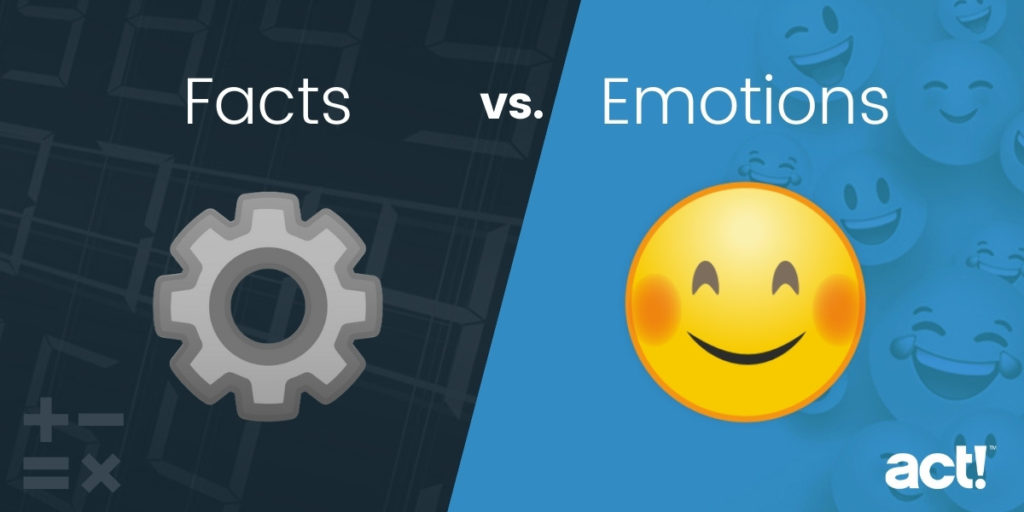
Most of us like to think of ourselves as smart, rational beings driven by fact-based evidence — things like what and how. However, while facts and logic speak to the rational part of the brain, studies have found that purchases based exclusively on external features and benefits often leave customers with “buyer’s remorse” — the intense feeling of regret after a purchase. This is because there’s almost always a bigger, better, or cheaper version of a product out there. With so many choices and variables to consider, it’s easy for a buyer to feel they’ve made a poor decision.
However, when companies communicate why a customer should buy, they are speaking directly to the emotional part of the brain that controls decision-making. For example, the camping gear company might advertise the emotional, “why” aspect of the tent as well as its technical features and benefits with imagery like this:
- Simple: Family reaches the camping spot, and the large tent is set up in minutes — it’s so easy even the kids can help.
- Waterproof: Immediately it starts to rain, and the whole family, including the dog, rush inside where they are warm and dry. Card games and laughter ensue.
- Spacious and cozy: Image of a family of five (and the dog) sleeping comfortably in the tent.
- Functional: Plenty of compartments where family members can store things like devices, snacks, clothing, and nightlights and even the dog has a place for his toys.
The key here is that the ad shows the why of buying this tent without including a laundry list of technical specs, such as materials and dimensions. This is how a company might create an emotional connection with the customer through images and sounds that are likely to resonate positively with the buyer’s past experiences.
What exactly are emotional motivators?
Emotions, of course, are as complex and varied as the human brain itself. So while there are countless types of emotional motivators, the Harvard Business Review conducted a study to define the top ten that explicitly drive consumer behavior. These include, but are not limited to, a desire to stand out from the crowd, enjoy a sense of well-being, protect the environment, feel secure, and succeed in life.
Even though these emotional motivators may seem somewhat obvious, using them to create more business value may feel like guesswork — especially for small businesses. While it’s true that large enterprise companies have bigger budgets to invest in extensive third-party consumer research, this should not stop SMBs from developing effective strategies to connect with their customers and prospects on an emotional level.
Learn how to create personal connections with your prospects and customers by customizing their journey with your business. Download our free Guide to Creating the Perfect Customer Journey.
Five ways small businesses can build emotional connections with customers
1. Make sure integrity is the backbone of your business.
This might seem obvious but emotional connections are built on trust. You have to ensure quality and integrity at every level of your company, from the details of your products to your customer service operations. No amount of savvy marketing can overcome rude employees or product defects. If (and when) product or service breakdowns happen, honor your commitments and do everything you can to make it right. Building trust is everything.
2. Reflect your customers’ emotional motivators.
Whether they are inspired to protect natural resources, maintain a sense of financial security, or feel a sense of community, the best ways your company can market these traits is through advocacy and by embodying them. For instance, a small herbal apothecary whose customers are highly concerned about environmental protection might offer a real-time video tour of their fields to learn how ingredients are grown and harvested. Or a neighborhood cafe could host a free “talent night” featuring local artists as a way to bring the nearby community together.
3. Use the emotional power of customer video testimonials.
Static customer quotes simply don’t have the impact (or believability) that video testimonials offer. Featuring real satisfied customers who are willing to share their experiences with your product or service can help a prospect visualize how you might benefit them. Plus, videos help create trust by serving as a virtual recommendation from an actual customer. For instance, a home improvement company could showcase a customer’s before-and-after renovation. A realtor could feature the inspiring story of a first-time homeowner who never believed they would live in their own house one day. Whatever industry you’re in, video testimonials are a great way to establish emotional connections by featuring real-life customer experiences.
4. Be real — tell your own story.
For entrepreneurs and small business owners, it can be tempting to brag about professional accomplishments and leadership roles, but those should be saved for a resume or LinkedIn profile. In your own business, be human, humble, and relatable. Although your customers do want to know that you’re an expert at what you do, they are also interested in your personal journey and challenges, which they may share as well. When you’re authentic and willing to be vulnerable, people can let down their guard and feel more open to an emotional connection.
5. Help your community.
Increasingly, customers want to support brands that do good in the world, and there are so many examples of businesses meeting critical needs in their local community. For example, during the extreme Texas freeze in February 2021, a local grocery store chain went viral after the power went out and shut down the cash registers. Instead of telling customers to put back essential items like diapers and milk, the store let customers leave with all of their groceries — for free.
This overwhelming act of kindness and generosity during a statewide emergency did more to build customer loyalty and goodwill than any deliberate messaging or marketing campaign. Knowing what provides customer value, and how you can provide support in a moment of need, is one of the best ways to create lasting emotional bonds and customer retention.
Next Steps
Create a personal connection with your prospects and customers with Act! CRM. Try Act! for free for 14-days!



